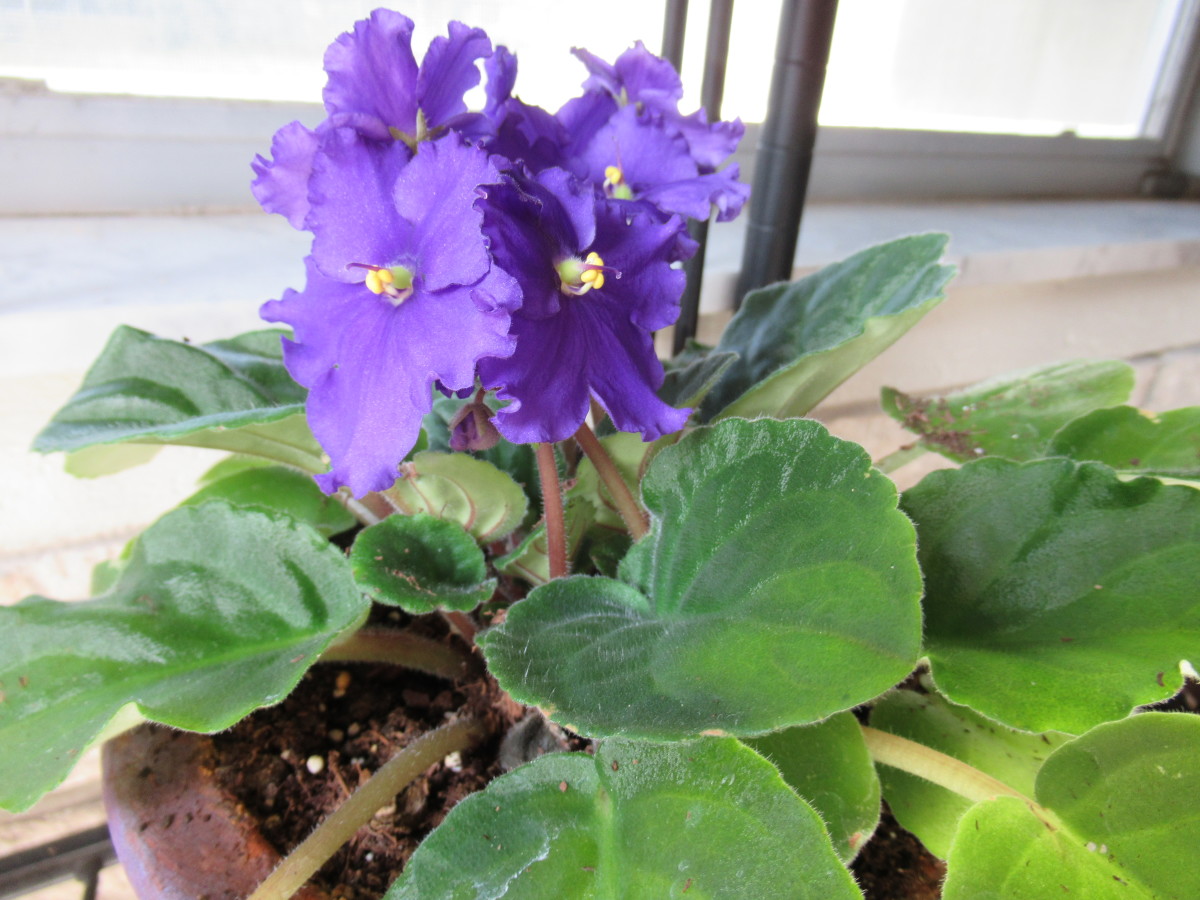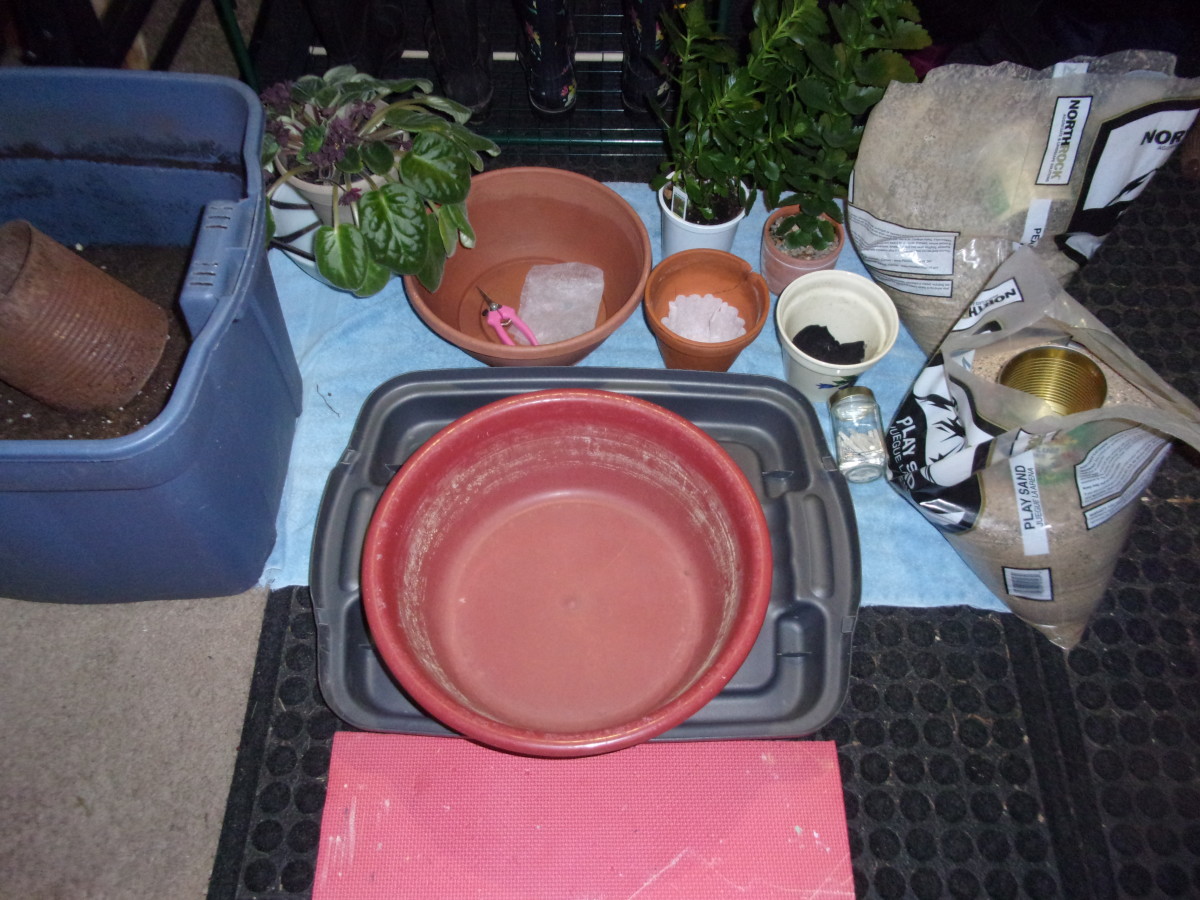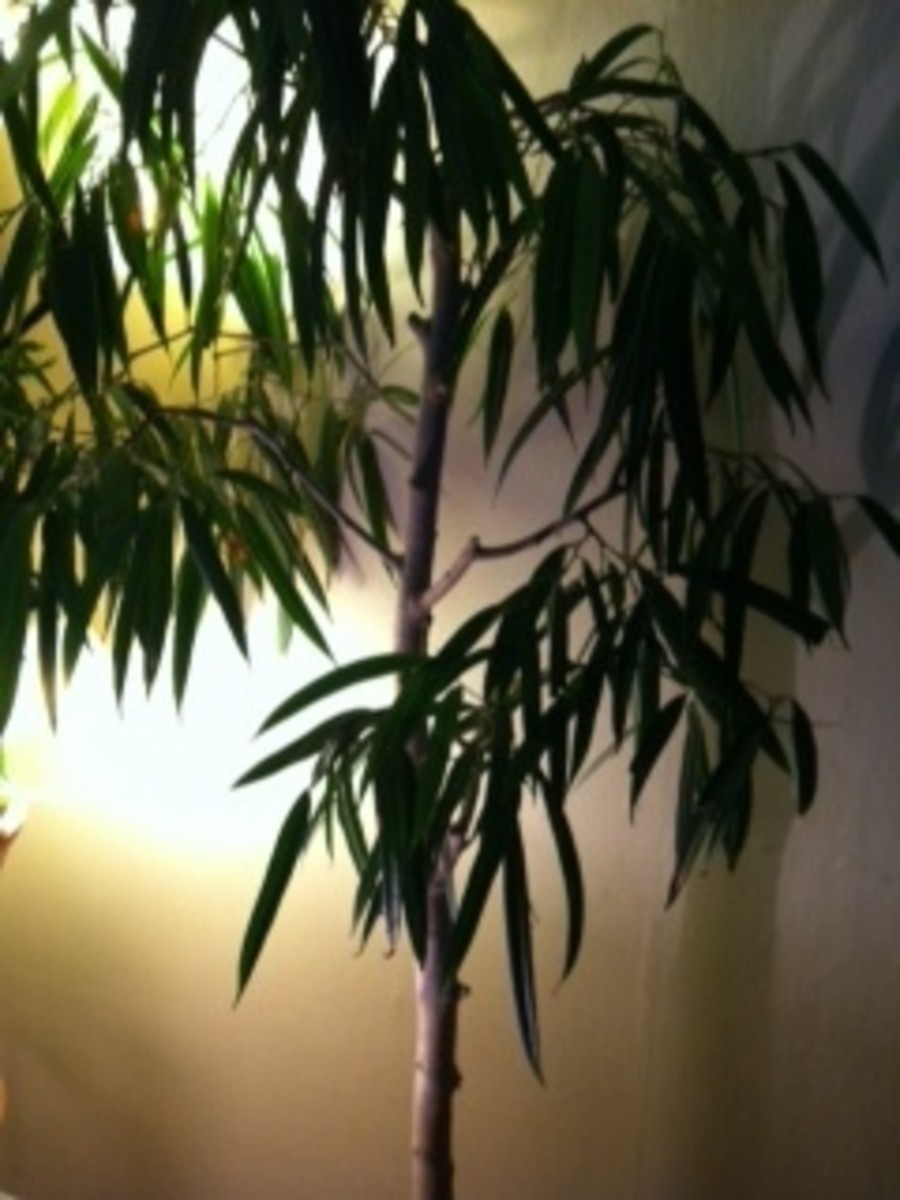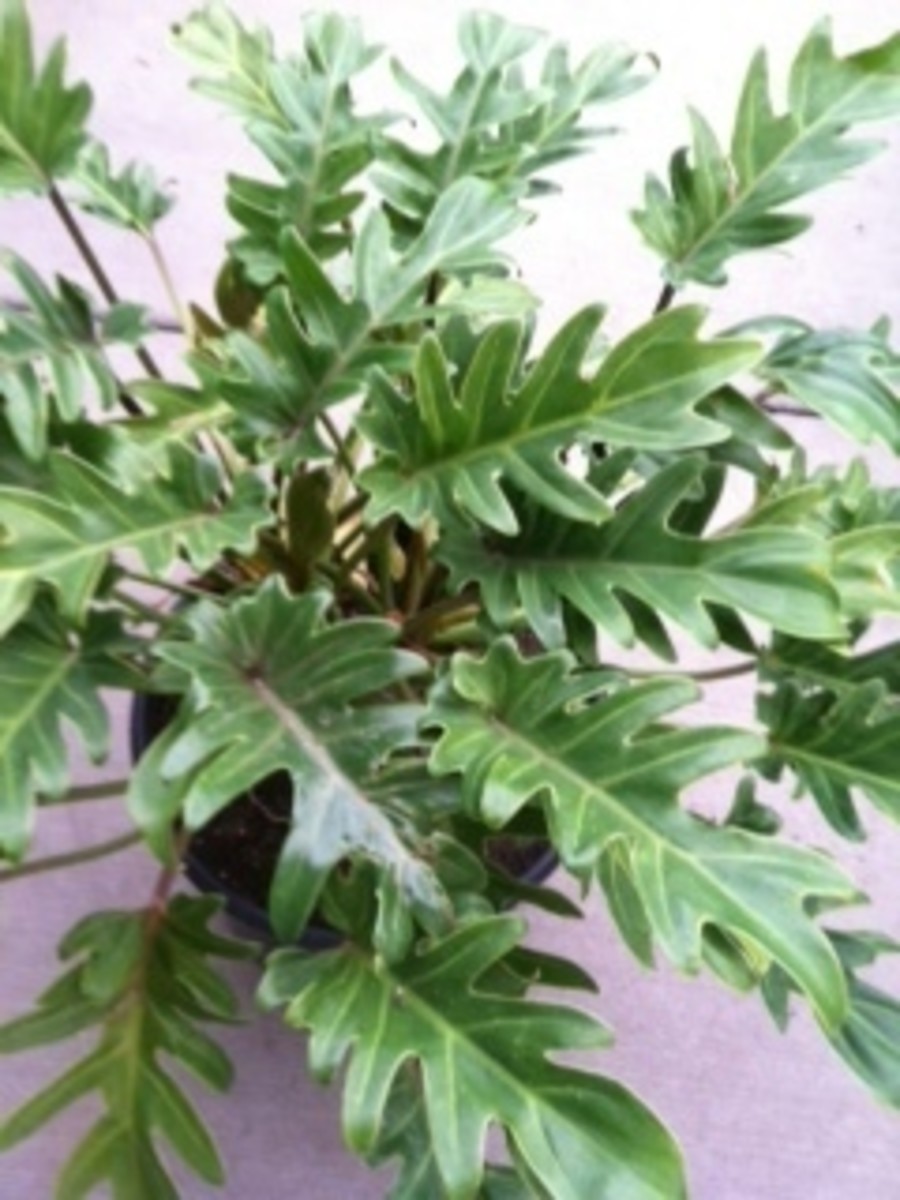- HubPages»
- Home and Garden»
- Gardening»
- House Plants
How to grow and take care of African Violets for fun and pleasure.
What is your favorite color of African Violet?
What is your favorite color of African Violet?
Pictures of flowering African Violets
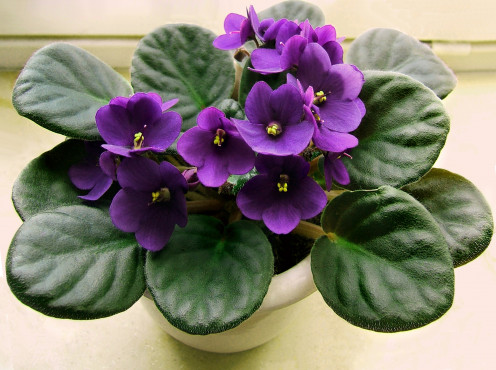
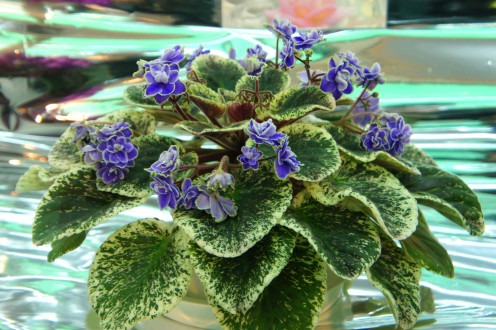
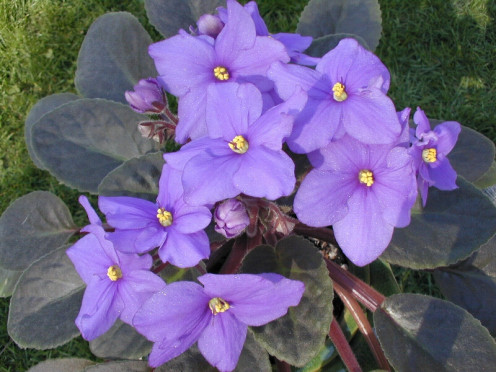
African Violets
How to grow and take care of African Violets.
Hi Gardening Friends
Here is the common and botanical name and history of African Violets.
Common name: African Violets
Botanical name: Saintpaulia ionantha
History of the African Violet.
This is a brief history of the modern day African Violet standard and miniature types. Which we all enjoy as houseplants.
African Violets were discover in the year of 1894 by the Baron Walter Von Saint Paul - Illaire. He discover them growing in wooded areas that had streams and waterfalls growing though the woods. The African Violets were growing in soil that was natural and had limestone in lt. He found them growing in Central Africa which had been a ideal place for them to grow. They was close to the rocks and boulders which was in constant shade in the woods.The rocks acted like a place of protection for the African Violets. In which the rocks kept the soil temperature at a uniform level great place for African Violets to grow. Baron Walter von St. Paul Illaire is from a family that was very interested in botany. From Central Africa Baron Walter von St. Paul Illiaire went back home to Germany with some sample species of African Violets. His father was the president of the society of Dendrology of Germany. His fathers name was Ulrich von The Tanneux St. Paul Illaire. This is how the world haves come to get to know the African Violets species.
Well here is some information on growing and caring for African Violets.
African violets can be grown easy by anyone if they follow a few basic rules which by observing this you should be successful with temperature,watering, fertilizing, humidity and proper lighting. Giving them the right amount of lighting for the winter months which would begin in September to the month of March. You would give the plants light from a east window if you give them to much light them the leaves could burn. Light from an east window for the winter months from September to March, and from a north window from March to September doing the summer months, doing this should give excellent results. In the winter months when the furnace is on and heat is necessary the temperature in the house should be around 70 degrees of heat to 72 degrees F. ( 21.11 to 22.22 C. ) during the day, falling to 65 degrees F, (18.33 C ) at night. If its get to cold at night you can take the African Violets down off of the window sill and sit them in the room on a table for the night then place them back up on the window sill in the morning when it gets warmer. if you don't want to have your African Violets on your house window sill you can put them in a room with a artificial lighting above them. Just make sure that one of the light bulbs is a plant gro bulb for plants and the other one is just a regular light bulb. By doing this you can save electrically. Also have the light above the plants from about 12 to 18 inches or more. You can do this with very great success and have very healthy African Violets..
Watering and Humidity:
Taking care of your African Violets and keeping them healthy is very important in raising robust African Violets . What you need to do is keep your plants watered but not soaked and not to dry out and let the tiny hair roots get enough moisture. You don't want to let the tiny root hairs to dry out and die because this will set back the plant and maybe damage the whole plant.When you do water the plant you need to let it soak up the water for about 24 hours and let the potted plant sit in the saucer and do that soak up the water. You also need to keep the plant or plants with the proper humidity you don't give them the proper humidity that can and will damage the African Violets. If you have to you may have to get a humidifier for your African Violets.
To feed the plant, choose a clear bright day, water the plant. You can get special African Violet Fertilizer for your African Violets. It will be water soluble and you will get a little measuring spoon in the package and you will follow the directions on the back of the box. And you will not fertilize the plants if its cloudy or raining outside wait until it is sunny day outside. If your plants are in 3 inch pots or smaller you can put a saucer under the plant and put the fertilizer solution in it and let the plant suck up the solution. This is the best way to water and fertilize your African Violets. When you do water your African Violets. You should use tepid water which means that the water is room temperature. And using room temperature water means that you wouldn't get spotted leaves on your African Violets plants that is why you shouldn't water on cloudy or rainy days because the plants leaves wouldn't dry off like its dones on sunny days.
Repotting your African Violets:
These mixes are complete and especially prepared for African Violets. There are special mixes of soilless mix that are made that you can use to grow your African Violets plants in. You should go to your local garden center and ask them if they carry a soilless mix for growing African Violets in. Once you get the soilless mix for African Violets you can get your pots which I believe should be made out of plastic which 3 inch and smaller should be best. Make sure your plants are well rooted and the small hair roots are completely surrounding the pot when you go to take it out of the pot to transplant. When you transplant your plants you should fill the pot about a fourth of the way up then sit the plant in the middle of the pot and put soil around the pot until the soil is around the entire plant .Make sure you tap the soil firmly around the newly transplanted pot. After you do this make sure you water the plant thoughly.
How to propagate African violet? When do you and how?
What you need to propagate African Violets. First you need is a clean flat or flats and clean insert containers. And then you go to your local garden center and get some germination mix which is soil for starting seeds and propagating cutting. You take your insert packs and fill them up to the top of your insert container and level it off. Next mist the insert packs that are in the flats and let them set and drain. You should start to propagate African Violets in the early spring and all during the summer.Then what you do next is get your mother plant or mature plant that should be in healthy condition so that you can take cutting off of it in the center of the plant. The leaf with stem on should be about 1 1/2 inches long and then you can insert the leaf with the stem into the soil and fill up the flat with the leaves and then mist them lightly. Keep them lightly misted for the time that it takes them to root. It should take about six to eight weeks to root then you take the little seedlings and pot them in larger pots 3 inch pots would be preferred and if they start to form flower buds at this time you should pick them off until the seedling gets itself rooted in the new container. I think when you plant the new plant into a new pot. The pot should be a plastic round pot which should be 3 inches or smaller.
Here are some varieties that are easy to grow for the beginner and the professional.
Here are a few African violets that are worthy of space in your collection.
This is just a few of them to choice from.
1. Silver Seas Semidouble lavender and white, Light green plain quilted foliage. Large flowered.
2. Ara's Red Ember Single Semidouble red sticktite pansy. Variegated medium green and white plain foliage.
3. Artic Frost Semidouble white large star with variable blue-marked eyes edge. Medium green Standard.
4. Blue Dragon Semidouble - double pale blue large frilled star with darker eye, red-purple band and variable green edge, Dark green large.
5. Vampire,s Kiss Semidouble - double dark red/near black shading. Dark green quilted foliage. Standard.
These are just a few of the many varieties of african violets that you can grow for yourself or to grow to give as gifts to your friends or family. There are hundreds that are being develop everyday by breeders so there are many more to pick from than the few that I have named.So if you want to chose from other named varieties. Go ahead and see if you enjoy the ones that you pick to buy and grow for yourself.
Well I hope that this helps the beginner as also the professional in growing African Violets and I also hope you have some fun in doing what you want in growing African Violets for fun and profit.
To all my gardening Friends Happy Gardening! Gardener Den.
© 2014 Dennis Hoyman

